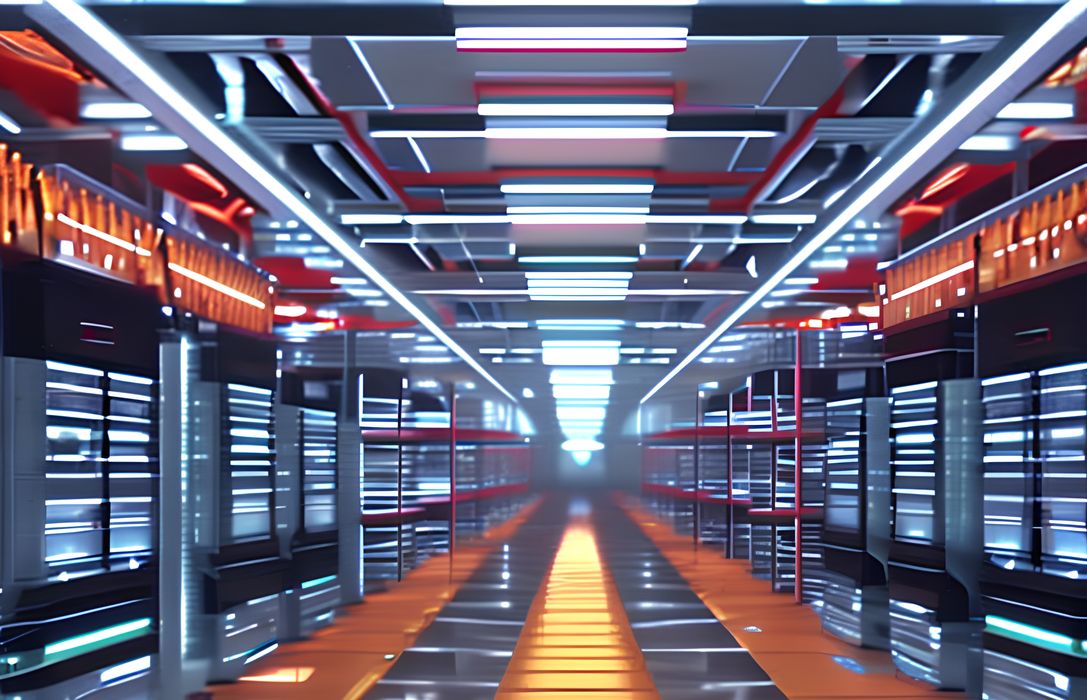
I’m sensing a definite splitting of the 3D print industry in recent years.
What we call “3D printing” or “additive manufacturing” is actually quite a broad market of product types and applications. There are machines available for US$100, while others might cost US$10M — that’s five orders of magnitude different in price.
Most analysts attempt to classify the market into different zones, as the equipments applications and markets are all unique. But lately I’m sensing there is a shift at the top.
Years ago what we called “industrial” 3D printers were machines that could be used to produce end-use parts, whereas “professional” machines would be used for advanced prototypes. Then there was “consumer” machines for hobbyists and DIY folks.
One could still use those categories, but things are getting pretty blurry.
Today’s so-called desktop equipment can produce parts that are in many cases just as good as the industrial machines of olden days. The idea of making “end use parts” can now be done through the entire spectrum of equipment due to the emergence of many advanced materials and equipment. In fact, farms of desktop machines are now commonly used to produce low volumes of manufactured end use parts.
At the top end there’s a movement towards big-time manufacturing. The major players, such as Stratasys, EOS, 3D Systems, SLM Solutions and others are focusing on ways to scale up their technology to address future large-scale manufacturing needs.
New startups like VulcanForms or Freeform are developing equipment that is truly massive. Freeform’s vision is to produce building-sized systems that would effectively be “Anything Factories” that would rapidly produce any designs fed into them.
Some of the advanced industrial 3D printers these days are also becoming hybrid machines. It’s now common to see combinations of metal 3D printing and CNC milling, which can produce near-perfect end-use parts directly out of the machine. Meltio is one example of this approach.
My suspicion is that these advanced, large-scale machines will eventually merge into manufacturing systems, and become “just a step” in the equipment. This is quite different from the standalone “industrial” 3D printers we see today.
In a sense, at that level the concept of a 3D printer might begin to disappear, as it would be more of a technology that’s used in a manufacturing system rather than a machine on its own.
This would be quite a shift for today’s major 3D printer manufacturers, but I’m certain most of them recognize this and are working with other manufacturing technologies and partners to develop the solutions of the future.
At the low end, relentless competition is driving the so-called low cost machines into professional territory, while the professional equipment makers may face a squeeze in the future. We see some desktop equipment makers slowly shifting their product lines into professional markets already, and there will likely be a lot more of this in years to come.
Where will this end up? While things will always evolve, we may see a world like this in the future:
- Very powerful and inexpensive desktop equipment that can make many kinds of end-use parts, but in very low or single quantities.
- Very powerful professional machines that can use an extremely wide variety of materials, often more than one at a time, to produce advanced end-use parts in low volumes.
- Advanced 3D print technology integrated into large industrial manufacturing facilities.
- Finally, specialized niche markets such as construction 3D printing, microfabrication and a few others.
I believe this will be good news for everyone: lower costs, better quality, faster printing, on demand products, lower product development and production timelines and much more.
It’s very early times yet, but we could see a future world where additive manufacturing takes on a far larger role than it does today.
